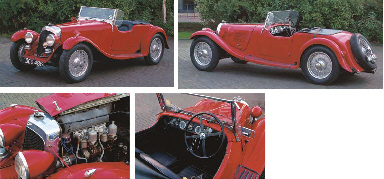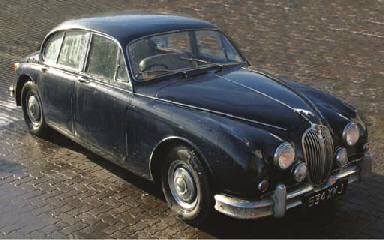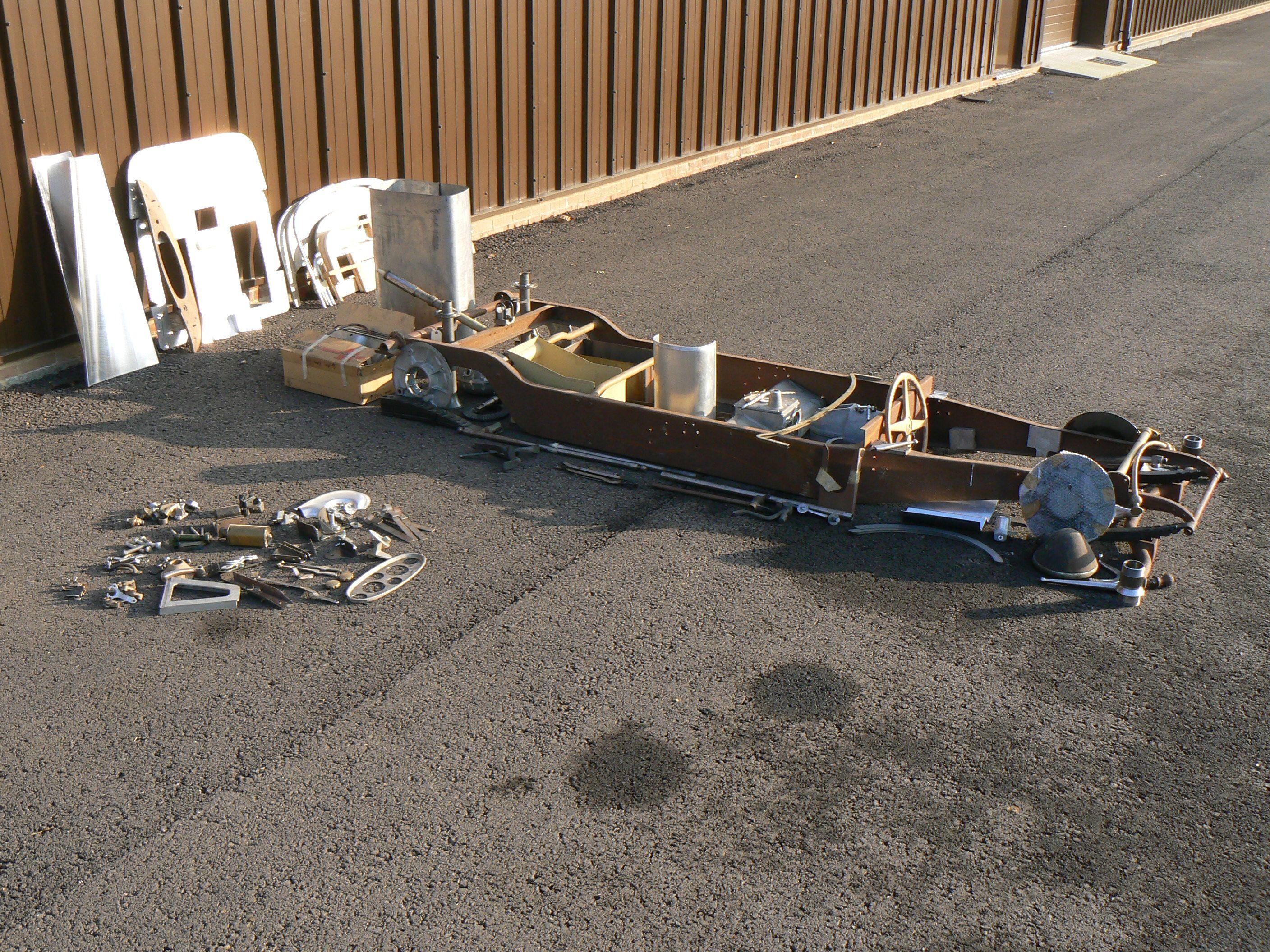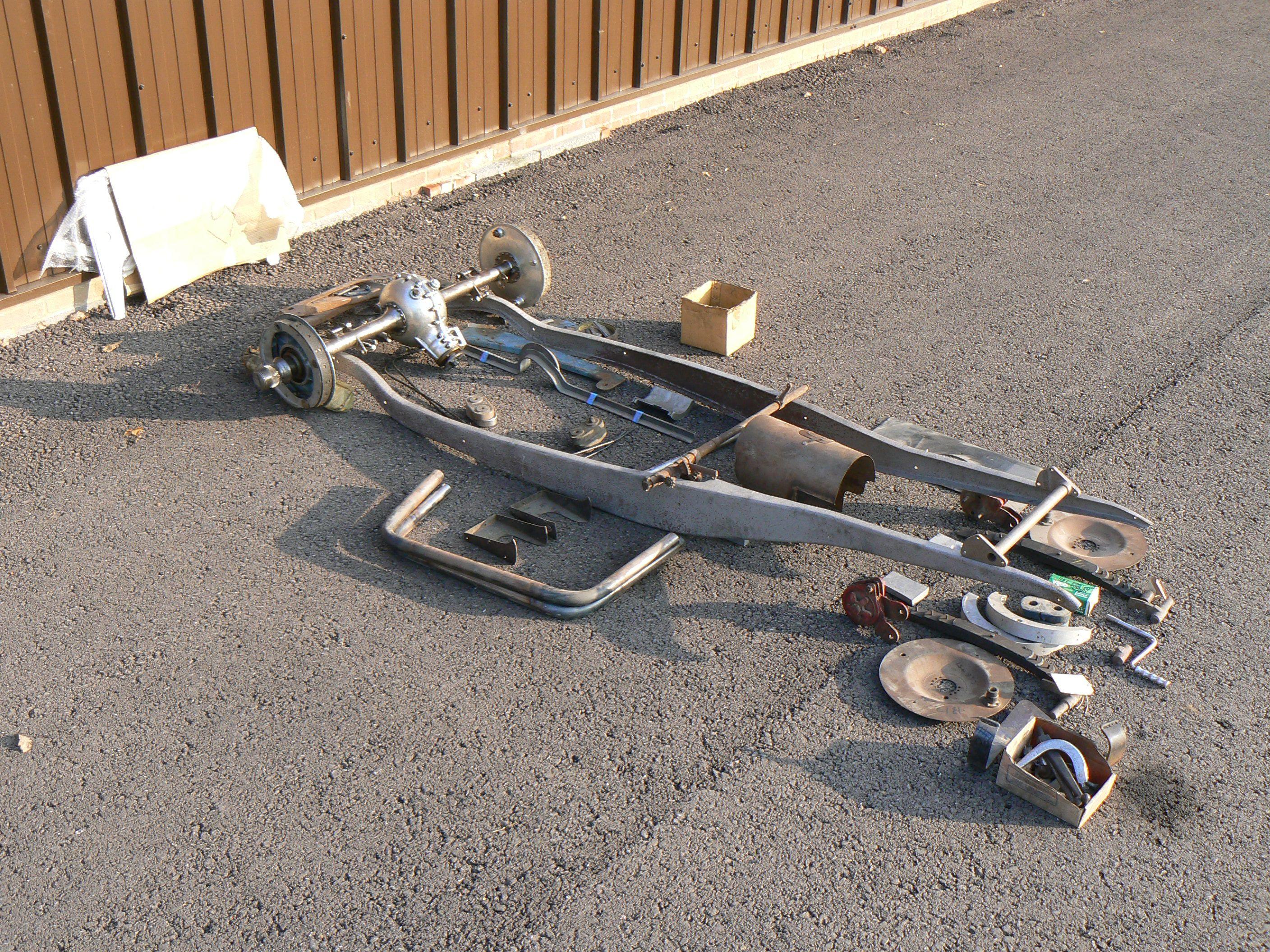Sold by Order of a Direct Descendant ‘We were all looking forward to joining the war and, on 26 May 1940, it happened with a vengeance. Six Hawker Hector biplanes took off from Hawkinge to stop the German attack on Calais. Sir Edgar Ludlow-Hewitt had briefed us to the effect that he did not expect any of us to make it back to base. Armed with two 120lb. bombs and a machine-gun firing through the propeller, we approached France with devastating ferocity! One aircraft was lost, one was shot down by our own Navy, another force-landed on a golf course and the remainder returned to Hawkinge, holed and badly shaken but unharmed. Sir Edgar hadn’t been a bad judge.’ Wing Commander P. P. C. “Paddy” Barthropp, D.F.C., A.F.C., modestly describes No. 618’s astonishing suicide mission to Calais in Hector biplanes. The outstanding Second World War Wing LeadWing Ler’s D.S.O. and Bar, fall of France 1940 D.F.C. group of seven awarded to Group Captain A. F. Anderson, Royal Air Force, late Royal Warwickshire Regiment, one of just 22 R.A.F. officers to win this combination of gallantry awards in the last war and a veteran of around 100 operational sorties: having originally been decorated for suicidal sorties over Calais in an obsolete 170 m.p.h. Hector biplane - in which he faced the attentions of Me. 109s and 110s - he converted to Mustangs and added a D.S.O. to his accolades for his gallant command of No. 268 Squadron in 1942, not least for leading the first ever single-engined fighter sortie to Germany from the U.K., and a Bar for equally gallant services as C.O. of No. 35 Wing, 2nd T.A.F., in 1944-45: in one of many low-level sorties flown over Holland in the latter period, a cannon shell burst inches behind the armour plating protecting his head and removed part of the fuselage - ‘it was quite a nasty episode’ - but he nonetheless completed his mission Distinguished Service Order, G.VI.R., 1st issue, with Second Award Bar, the reverse of the suspension bar officially dated ‘1943’ and the reverse of the Bar ‘1945’; Distinguished Flying Cross, G.VI.R., the reverse officially dated ‘1940’; 1939-45 Star; Air Crew Europe Star, clasp, France and Germany; War Medal 1939-45; Coronation 1953; The Netherlands, Order of Orange-Nassau, Commander’s neck badge, silver-gilt and enamel, with J. M. J. van Wielik case of issue lid, mounted as worn where applicable, together with Egypt Command prize medals for the period 1931-33, two in silver and one in bronze, one named, all cased, and two Royal Warwickshire Regiment cap badges and a quantity of related uniform buttons, very fine and better (Lot) £20000-25000 Footnote D.S.O. London Gazette 5 February 1943. The original recommendation states: ‘Wing Commander Anderson has been in command of No. 268 Squadron since December 1940. At the time the Squadron was equipped with Lysanders and in order to get some sort of operations for his pilots he arranged for dusk and dawn patrols off the East Coast. In May 1941 the Squadron was re-equipped with Tomahawk aircraft and by September was fitted with a No. 19 A.F. wireless set giving larger range. On 19 October 1941, the first attack was made on targets at Ijmuiden and Dan Helder in Holland with the Wing Commander leading. Several other attempts were made by Wing Commander Anderson but were abandoned owing to lack of cloud cover or fog. In December, in order to get further operational experience, Wing Commander Anderson asked for and obtained permission to be attached to R.A.F. Ibsley with a view to getting combat experience. Working under 10 Group, Wing Commander Anderson and three pilots carried out convoy patrols. In January 1942, owing to the numerous mechanical failures of the Alison Engine, H.Q., Army Command, stopped operational flying. Throughout the above period the Squadron continued its normal role of training with H.Q. No. 2 Corps. In April 1942, the Squadron was re-equipped with Mustang aircraft and in June, at the request of Wing Commander Anderson, it wa
Sold by Order of a Direct Descendant ‘We were all looking forward to joining the war and, on 26 May 1940, it happened with a vengeance. Six Hawker Hector biplanes took off from Hawkinge to stop the German attack on Calais. Sir Edgar Ludlow-Hewitt had briefed us to the effect that he did not expect any of us to make it back to base. Armed with two 120lb. bombs and a machine-gun firing through the propeller, we approached France with devastating ferocity! One aircraft was lost, one was shot down by our own Navy, another force-landed on a golf course and the remainder returned to Hawkinge, holed and badly shaken but unharmed. Sir Edgar hadn’t been a bad judge.’ Wing Commander P. P. C. “Paddy” Barthropp, D.F.C., A.F.C., modestly describes No. 618’s astonishing suicide mission to Calais in Hector biplanes. The outstanding Second World War Wing LeadWing Ler’s D.S.O. and Bar, fall of France 1940 D.F.C. group of seven awarded to Group Captain A. F. Anderson, Royal Air Force, late Royal Warwickshire Regiment, one of just 22 R.A.F. officers to win this combination of gallantry awards in the last war and a veteran of around 100 operational sorties: having originally been decorated for suicidal sorties over Calais in an obsolete 170 m.p.h. Hector biplane - in which he faced the attentions of Me. 109s and 110s - he converted to Mustangs and added a D.S.O. to his accolades for his gallant command of No. 268 Squadron in 1942, not least for leading the first ever single-engined fighter sortie to Germany from the U.K., and a Bar for equally gallant services as C.O. of No. 35 Wing, 2nd T.A.F., in 1944-45: in one of many low-level sorties flown over Holland in the latter period, a cannon shell burst inches behind the armour plating protecting his head and removed part of the fuselage - ‘it was quite a nasty episode’ - but he nonetheless completed his mission Distinguished Service Order, G.VI.R., 1st issue, with Second Award Bar, the reverse of the suspension bar officially dated ‘1943’ and the reverse of the Bar ‘1945’; Distinguished Flying Cross, G.VI.R., the reverse officially dated ‘1940’; 1939-45 Star; Air Crew Europe Star, clasp, France and Germany; War Medal 1939-45; Coronation 1953; The Netherlands, Order of Orange-Nassau, Commander’s neck badge, silver-gilt and enamel, with J. M. J. van Wielik case of issue lid, mounted as worn where applicable, together with Egypt Command prize medals for the period 1931-33, two in silver and one in bronze, one named, all cased, and two Royal Warwickshire Regiment cap badges and a quantity of related uniform buttons, very fine and better (Lot) £20000-25000 Footnote D.S.O. London Gazette 5 February 1943. The original recommendation states: ‘Wing Commander Anderson has been in command of No. 268 Squadron since December 1940. At the time the Squadron was equipped with Lysanders and in order to get some sort of operations for his pilots he arranged for dusk and dawn patrols off the East Coast. In May 1941 the Squadron was re-equipped with Tomahawk aircraft and by September was fitted with a No. 19 A.F. wireless set giving larger range. On 19 October 1941, the first attack was made on targets at Ijmuiden and Dan Helder in Holland with the Wing Commander leading. Several other attempts were made by Wing Commander Anderson but were abandoned owing to lack of cloud cover or fog. In December, in order to get further operational experience, Wing Commander Anderson asked for and obtained permission to be attached to R.A.F. Ibsley with a view to getting combat experience. Working under 10 Group, Wing Commander Anderson and three pilots carried out convoy patrols. In January 1942, owing to the numerous mechanical failures of the Alison Engine, H.Q., Army Command, stopped operational flying. Throughout the above period the Squadron continued its normal role of training with H.Q. No. 2 Corps. In April 1942, the Squadron was re-equipped with Mustang aircraft and in June, at the request of Wing Commander Anderson, it wa















Try LotSearch and its premium features for 7 days - without any costs!
Be notified automatically about new items in upcoming auctions.
Create an alert